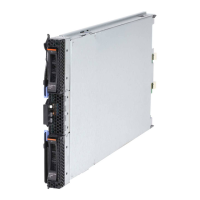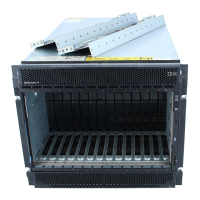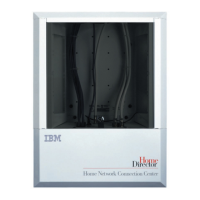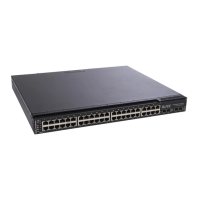Switch
Boot
Switch
Boot
Blocking
Listening
Learning
Forwarding
Disabled
When you enable STP, every port on every switch in the network goes through the
blocking state and then goes through the states of listening and learning at startup.
If properly configured, each port stabilizes to the forwarding or blocking state.
No packets (except BPDUs) are forwarded from, or received by, STP enabled ports
until the forwarding state is enabled for that port.
Table 11 shows the default spanning-tree configuration.
Table 11. Default STP parameters
Feature Default Value
Enable state STP enabled for all ports
Port priority 128
Port cost 19
Bridge priority 32768
Setting user-changeable STP parameters
The factory default settings are compatible with the majority of installations.
However, it is advisable to keep the default settings as set at the factory, unless it is
absolutely necessary to change them. The user-changeable parameters in the
switch are as follows:
Priority
You can set a priority for the switch from 0 to 65535. A value of 0 indicates
the highest priority.
Hello Time
The hello time can be from 1 to 10 seconds. This is the interval between
two transmissions of BPDU packets sent by the root bridge to tell all other
switches that it is indeed the root bridge. If you set a hello time for your
124 IBM BladeCenter 4-Port Gb Ethernet Switch Module: Installation and User’s Guide
